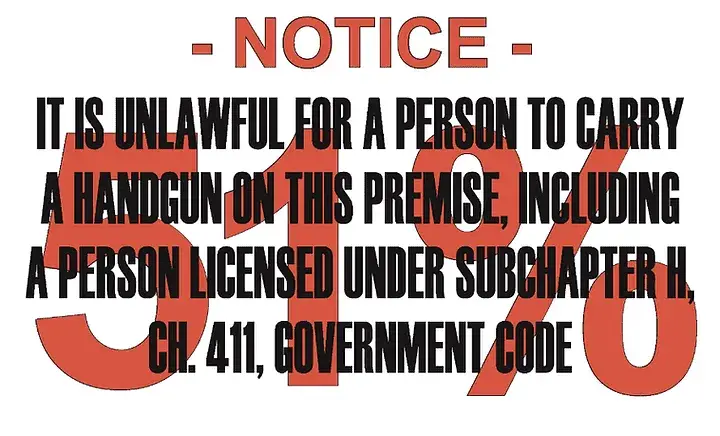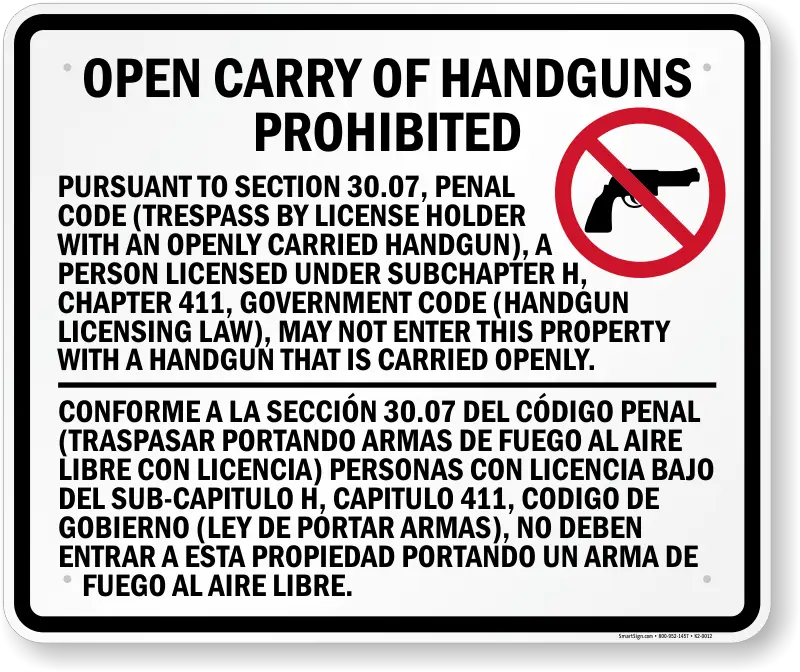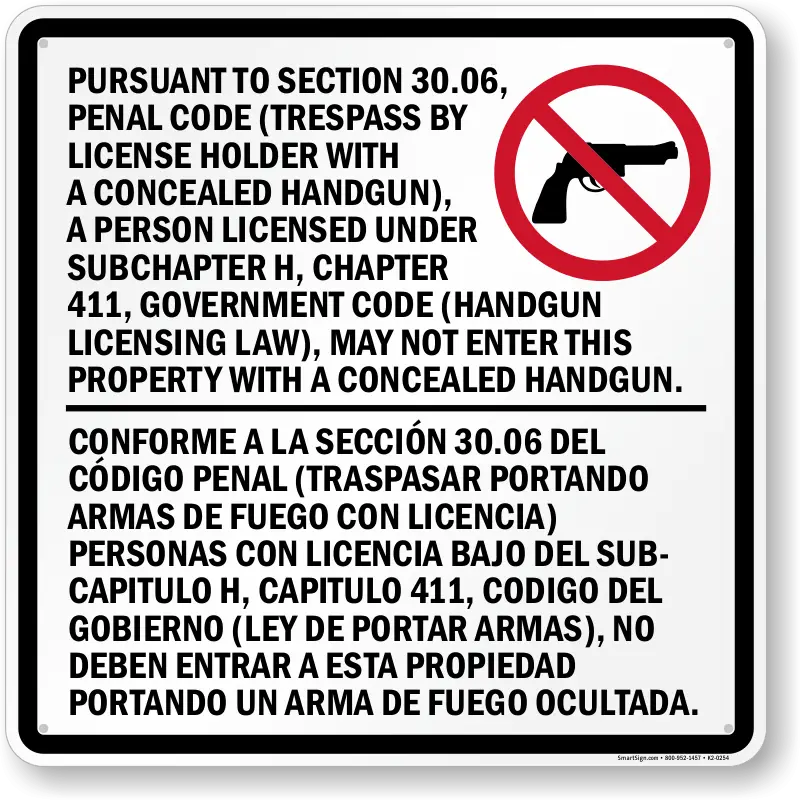If you’re a new gun owner in Texas, congratulations on your decision to exercise your Second Amendment rights. But with that privilege comes the responsibility of understanding the laws that govern firearm ownership and use in the state. Gun laws in Texas can be complex, but it’s crucial to stay informed to ensure you’re complying with the law and staying safe.
1. Who Can Own a Gun in Texas?
In Texas, you must meet certain eligibility criteria to legally own a firearm. Generally, you need to:
- Be at least 18 years old to own a long gun (rifles or shotguns).
- Be at least 21 years old to own a handgun.
- Be a U.S. citizen or legal resident.
- Not have a felony conviction (or certain misdemeanors), including domestic violence offenses.
- Not be prohibited by a court order or under a protective order.
If you’re unsure about your eligibility, it’s always a good idea to consult with legal counsel or your local law enforcement.
2. Texas Concealed Carry and Open Carry Laws
Texas allows both open carry and concealed carry of handguns, but there are specific requirements:
- Open Carry: You can openly carry a handgun in a holster if you have a valid License to Carry (LTC). Open carry is generally allowed in most public places but not in certain restricted areas like schools, government buildings, or private businesses that prohibit weapons.
- Concealed Carry: You can carry a concealed handgun in most public areas as long as you have an LTC. Texas does not require a permit for constitutional carry (carrying a handgun without a permit) for individuals 21 or older, as long as the handgun is concealed and carried in a holster.
3. Gun Registration in Texas
Texas does not require the registration of firearms. This means that as a new gun owner, you do not need to register your guns with the state. However, if you buy from a licensed dealer, a background check will be conducted through the National Instant Criminal Background Check System (NICS).
4. Gun Use and Storage Laws
- Self-Defense: Texas has a Castle Doctrine law, which allows you to use deadly force in self-defense if you believe you are facing a threat of imminent death or serious bodily injury. This extends to your home, vehicle, and workplace.
- “Stand Your Ground” Law: Texas law does not require you to retreat if you are in a place where you have the right to be. If someone attacks you, you have the right to defend yourself with force, including deadly force if necessary.
- Gun Storage: While Texas does not have specific laws requiring you to secure your firearms, it’s essential to store them safely, especially if you have children or others in the home. It’s recommended to use gun safes or trigger locks to prevent unauthorized access.
5. Gun-Free Zones in Texas
There are certain places where firearms are prohibited in Texas, even if you have an LTC. These include:
- Schools and school grounds
- Government buildings
- Private property that posts signs prohibiting firearms
- Establishments that derive more than 51% of their revenue from alcohol (bars)
Make sure to look for posted signs and respect gun-free zones to avoid legal trouble.

This sign is the 51% sign and can be found on a establishment that sell alcohol and get 51% of its sales for alcohol and is consider a bar, you can not carry a firearm inside.

This sign is the 30.07 sign and can be found on the front door of an establishment it prohibits the open carry of you firearm inside. You may still conceal carry as long as the 30.06 sign is not on the door with the 30.07.

This sign is the 30.06 sign and can be found on the front door of an establishment it prohibits the concealed carry of a firearm inside.
6. Transporting Firearms
When transporting a firearm in Texas, whether you’re going to the range, hunting, or traveling, there are rules to follow:
- Firearms must be unloaded when transported in a vehicle.
- Long guns can be transported without restrictions, but handguns should be in a holster or secured in a compartment out of sight.
- If you’re traveling through other states, be sure to check their specific laws regarding firearms transport, as they may differ from Texas’ laws.
7. Federal Laws That Apply in Texas
It’s important to remember that federal gun laws still apply in Texas, in addition to state-specific regulations. These include:
- Background checks for all purchases from licensed dealers.
- Prohibited persons (e.g., convicted felons, individuals with restraining orders, or those convicted of domestic violence offenses) are not allowed to possess firearms.
- Restrictions on the possession of certain types of firearms, such as fully automatic weapons or sawed-off shotguns, without special federal licenses.
8. What to Do if You’re in Doubt?
Texas gun laws can change, and certain situations may present gray areas. If you’re ever unsure whether you’re complying with the law, consult with a lawyer or contact local law enforcement. In some cases, it’s better to ask questions than risk unknowingly violating the law. We also offer a Permit less Carry Online course that covers what you need to know about Constitutional Carry in Texas. You don’t need a license to carry in Texas but you need to know the laws.
Conclusion
As a new gun owner in Texas, it’s vital to stay informed about the gun laws in Texas to ensure you’re not only legally compliant but also handling your firearms responsibly. Remember, gun ownership is a serious responsibility, and understanding the law is key to enjoying your rights while ensuring the safety of yourself and others. Stay educated, stay safe, and enjoy your time as a responsible gun owner in the Lone Star State! Want to learn more, go to Texas State Law Library, Click Here!